Sharing our seabird research
Sharing our seabird research
26 Aug 2022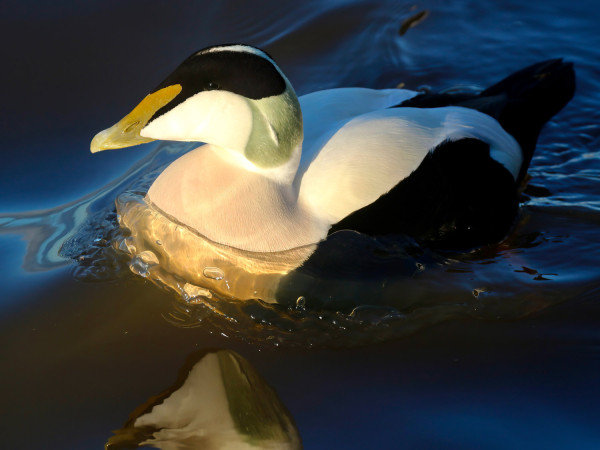
The 15th International Seabird Group Conference was held on 22 - 25 August this year in Cork, Ireland, bringing together scientists and researchers in fields ranging from renewable energy and foraging ecology to queerness and decolonisation in science.
The conference has been four years in the making, having made way for the World Seabird Conference and then being postponed another year due to COVID-19. The seabird team at BTO was delighted that the event was finally going ahead - it represents a huge effort from Mark Jessop along with his team at University College Cork.
Liz Humphreys, BTO’s Principal Ecologist for seabirds, is Chair of the Seabird Group and attended to support several other BTO scientists as a coauthor of their work and to attend a workshop on Avian Influenza.
It's been a fantastic week being immersed in seabird science and people, finding out not only what amazing seabird work has been going on the last few years but also what cool new techniques and approaches are emerging.Nina O'Hanlon

For BTO’s Research Ecologist Nina O’Hanlon, the conference was an opportunity to discuss the amazing Arctic Skua data the BTO has been working with. Using data from geolocators deployed by colleagues in Scotland, the Faroe Islands, Norway and Svalbard, BTO has found that individual skuas formed mixed groups during south and northbound migration, indicating that there is low migratory connectivity between breeding sites and the areas used for intensive refuelling en-route, known as ‘staging sites’. Conditions & pressures experienced at shared staging areas, therefore, have the potential to impact multiple breeding populations, knowledge that can help us further understand the causes of Arctic Skua decline in Northwest Europe.
Three other BTO scientists also presented their research at the conference: Research Ecologists Daniel Johnston and Chris Pollock and Senior Research Ecologist Katherine Booth Jones.
I was excited to be able to share ideas and company with friends and colleagues from around the world involved in seabird research, and thrilled to be offered the chance to present at the conference.Katherine Booth Jones
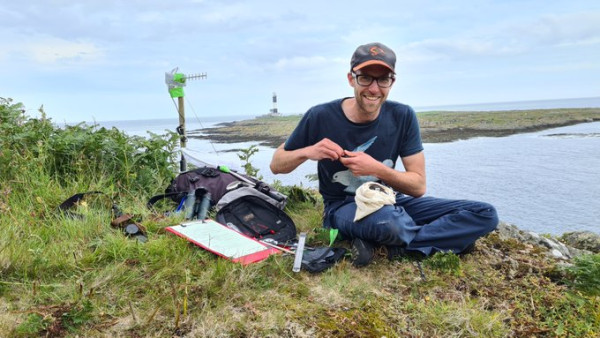
Daniel presented a poster about recent research tracking Black Guillemots in Northern Ireland, conducted through the MarPAMM project. This study aimed to collect data which could be used to inform Marine Protected Area (MPA) management plans. It found that Black Guillemots remained inshore (<5 km) in relation to their breeding colonies at Bangor and Lighthouse Island, and used distinct foraging areas unique to each individual. The study also used a combination of GPS and Time-Depth recording technology to reveal that the maximum depth reached by the birds while diving corresponded with the seafloor, suggesting that MPAs being developed for Black Guillemots should consider the underwater topography - known as bathymetry - surrounding colonies.
I was really looking forward to attending my first Seabird Group Conference to hear about cutting-edge research from around the globe. The whole event lived up to my expectations, and then some! Inspiring talks, and interesting conversations, all enveloped in a supportive atmosphere with lots of laughs along the way.Chris Pollock
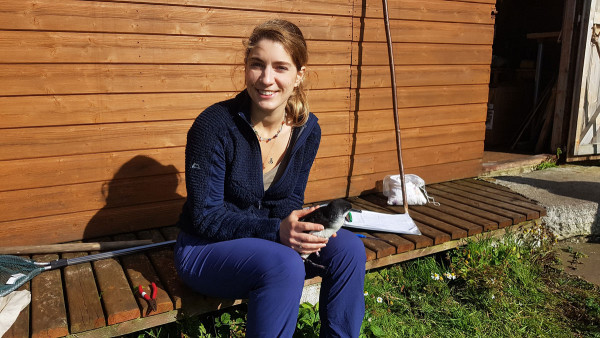
Chris presented his research on movement simulations of gannets at Bass Rock, and how he used this to understand the decisions individual birds make at sea which lead to them visiting the same foraging areas consistently throughout the breeding season.
Last but not least, Katherine gave her talk ‘Tussles for Mussels?’ about a project that aimed to provide up-to-date distribution and abundance information on Eiders in Belfast Lough, and assess the impacts of anthropogenic disturbance on the population. The project found potential conflict between Eiders and mussel fisheries in the lough, and in the future, BTO hopes to develop this work to better understand this interaction.

Avian Influenza Appeal
Many of our breeding seabird colonies were devastated by the current outbreak of avian influenza. We need to monitor the impacts of this deadly outbreak to help these populations recover.
Donate today
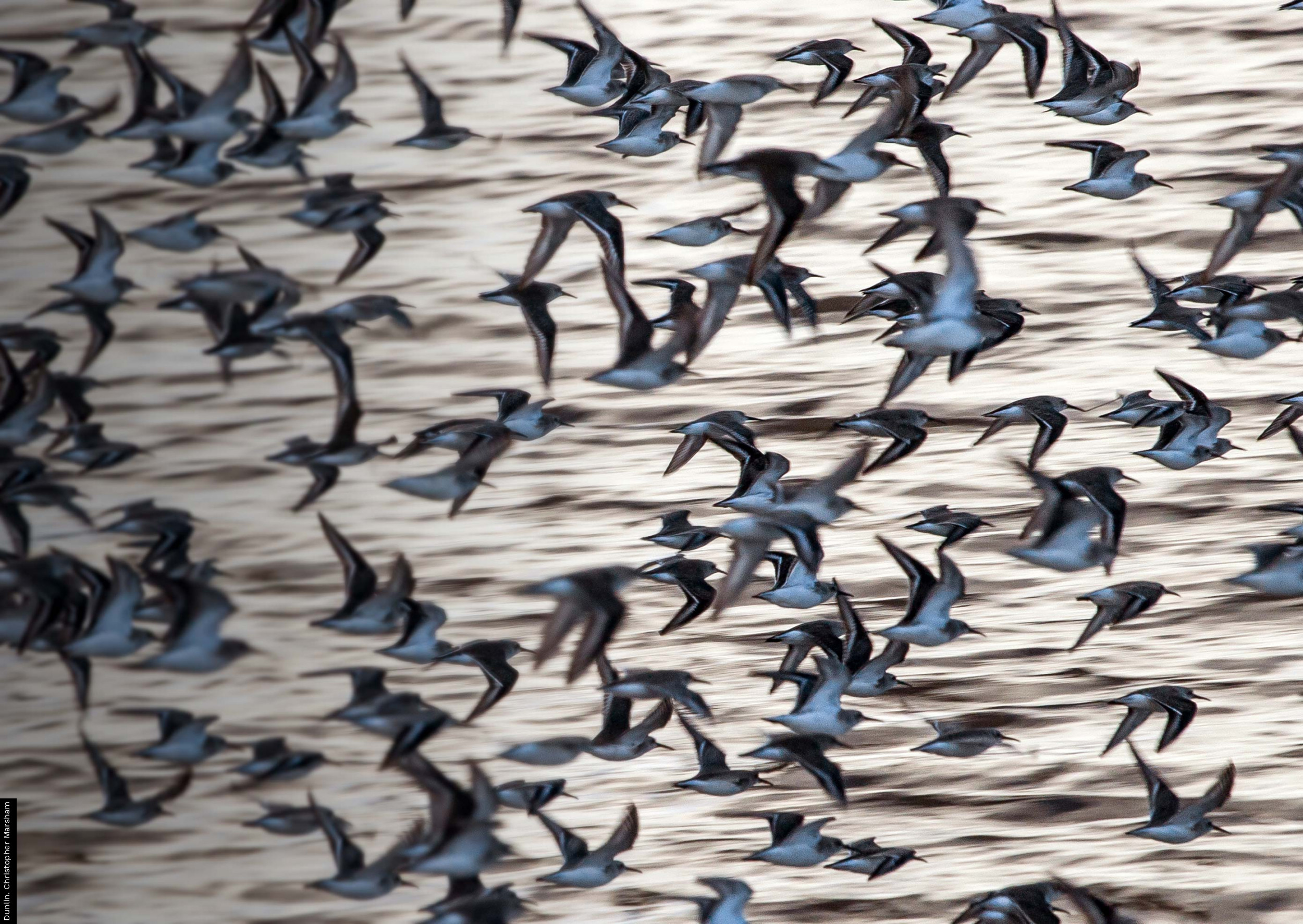
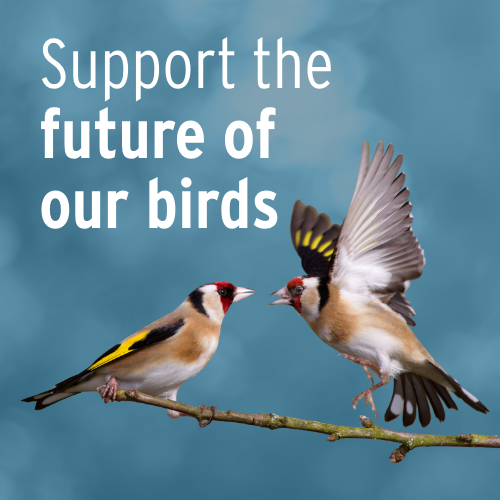

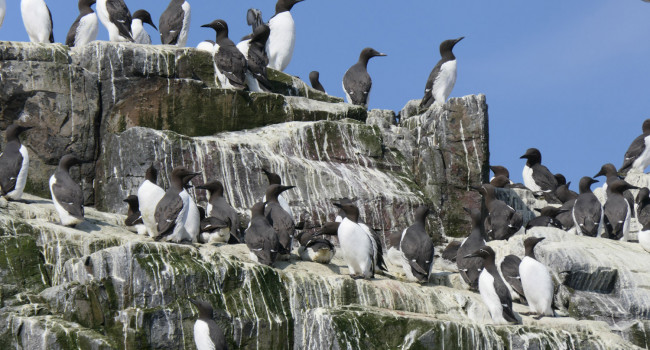





Share this page